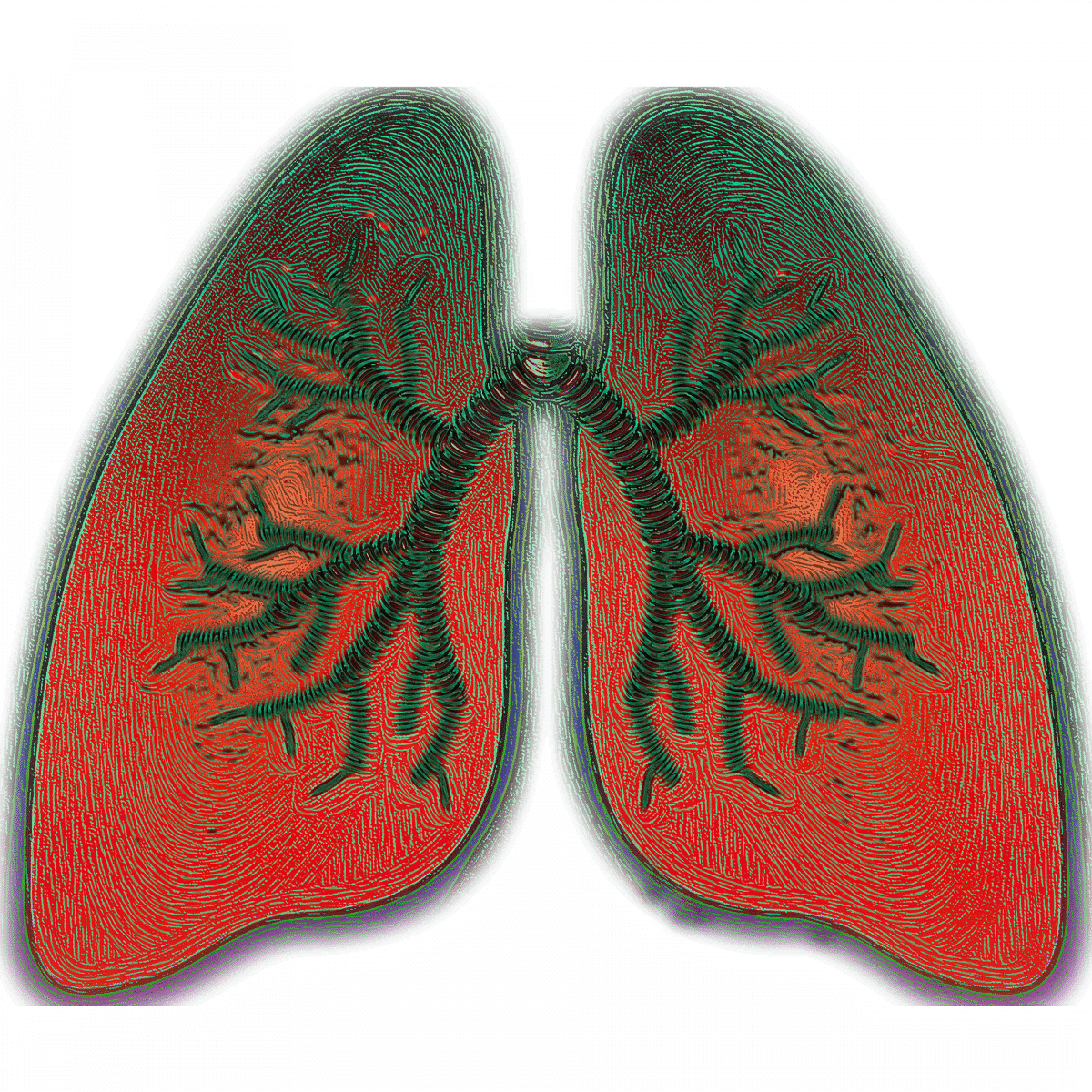
Asthma is a disease that affects the lungs and especially the airways. It causes the inside airways to become inflamed and swollen. As a result, the bronchial mucous membranes secrete viscous mucus, which leads to an acute narrowing of the airways – a so-called bronchial obstruction – and to shortness of breath and various other complaints in the affected persons.
According to figures from the German Lungeninformationsservice, the number of adults suffering from asthma in Germany has risen by 35 percent in recent years. So far, it has been assumed that children are particularly affected by the disease – bronchial asthma is the most common chronic disease in childhood. About seven to ten percent of children suffer from asthma. According to the latest studies, however, the frequency of asthma in adults has significantly increased during the observation period from 2009 to 2016. From 4.3 percent in 2009 to 5.9 percent in 2016. Researchers observed that around 25 percent more people in large cities were treated for asthma than in rural areas. Fortunately, the mortality rate due to asthma is quite low. Yet, in Germany the disease still kills four to eight people per 100,000 inhabitants. The average in Central Europe is one to eight deaths per 100,000 inhabitants.

Crystals and mucus production
Apparently, Belgian researchers have now found a way to reduce mucus production. They developed an antibody that dissolves the Charcot-Leyden crystals that form in the mucous membrane during bronchial asthma. More than one hundred years after their discovery, these crystals still received little attention and were merely regarded as “markers for eosinophilic inflammations without special disease value.”
As early as 1853, the Parisian physician Jean-Martin Charcot made detailed sketches of bipyramidal crystals which he had observed in the sputum of patients suffering from asthma. In 1872, these observations were confirmed by the internist Ernst Viktor von Leyden. Hence the name Charcot-Leyden crystals. In 1993, scientists discovered that the crystals apparently consist of a protein – Galectin-10. Galectin-10 is one of the most abundant proteins in eosinophils, which help to mount an inflammatory response in humans.
A team led by Prof. Bart Lambrecht from the VIB, Ghent University, has now re-examined the medical significance of the crystals. In the laboratory, they produced crystals with the same structure as the Charcot-Leyden crystals. Next, these crystals were injected into the respiratory airways of mice. The result was and asthma-like inflammation with increased mucus production in the animals. Animals treated with a variant of galectin-10 did not show this reaction.

Success in mice
“Every medical doctor learns about Charcot-Leyden Crystals during medical training and everybody associates such crystals with the presence of eosinophils. They are very often found in the sputum of asthma patients, particularly in those patients with severe disease. Yet nobody really knew what these crystals were doing and why they are there in the first place,” explains Prof. Lambrecht. “By analogy with the disease gout -where uric acid crystals cause a very painful attack of joint inflammation- we reasoned that Charcot-Leyden crystals might also cause harm in the lungs of asthma patients.”
In a next step, the researchers produced an antibody in a petri dish. It was able to dissolve the crystals in the laboratory within a few minutes. The treatment of mice in which a human asthma disease was simulated led to a strong reduction in the inflammatory reaction in the airways and reduced mucus production, the scientists explain.
Based on the results of the experiments, the researchers now assume that the increased mucus production could be an attempt by the body to eliminate the Charcot-Leyden crystals. If this hypothesis proves to be correct, treatment with the antibody could reduce mucus production.
“Our research results were unexpected and crystal clear at the same time. I was completely struck by the fact that antibodies can rapidly dissolve CLCs that are so abundantly present in the native mucus of patients,” Lambrecht says. “Although more tests are needed, the data in mouse models suggest that use of these antibodies could be a very effective way of reducing excessive inflammation and mucus accumulation in the lungs of patients with asthma. Since there are no drugs currently targeting mucus accumulation in the airways, this could be a game changer for treating this disease.”
The scientists’ report was published in the journal Science.
You might also like:
Are “Overfed Bacteria” to Blame for Civilization Diseases?








